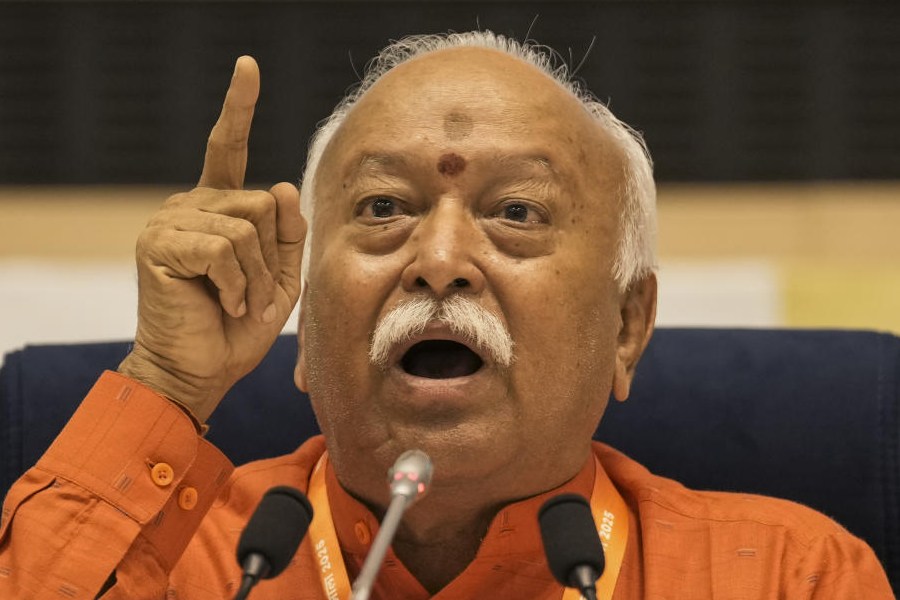 |
| A view of the Billasurgam cave from outside; the geometric pattern on the limestone wall. (Credit: Paul Tacon) |
New Delhi, Jan. 17: A geometric pattern engraved on the wall of a giant cave near Kurnool in Andhra Pradesh is about 5,000 years old and represents India’s earliest directly dated rock art, an international team of archaeologists has said.
The archaeologists believe that the engraving, made on limestone and resembling three concentric diamonds, is the handiwork of local cultures that were making a transition from hunting-gathering to early agriculture.
Paintings in rock shelters in Bhimbetka in Madhya Pradesh and Jwalapuram in Andhra Pradesh are at least 13,000 years old but, scientists say, their dates have been inferred through indirect studies of excavated material and rock art styles.
The engraving in the Billasurgam cave 50km southeast of Kurnool is the first in India to be directly dated and assigned an age of between 4,100 years and 5,400 years.
Researchers from India, Australia and Britain who dated specks of calcium carbonate from the incisions that make up the Billasurgam cave engraving have published their findings in the Journal of Archaeological Sciences.
“We’ll never know what exactly this design meant to the people in that age,” said Paul Tacon, chair in rock art research at Griffith University in Australia and lead author of the research paper.
“Perhaps it was something that expressed a human relationship to the Billasurgam cave, a mark of belonging.”
The archaeologists say it is possible the diamond pattern was intended to represent honeycombs or a site for honey gathering.
“The pattern could have been used to communicate to people across generations that this was an ideal location to collect honey as it continues to be today,” Tacon told The Telegraph.
The Billasurgam cave, first explored by British geologist Bruce Foote in 1884, has over decades of archaeological excavations yielded stone and bone tools, remains of animal bones, and shreds of pottery, indicating prehistoric human presence in the cave.
“But we still do not have any evidence for a permanent human settlement inside the Billasurgam cave,” said Ravi Korisettar, a senior archaeologist at Karnatak University in Dharwad, and a member of the team that dated the engraving.
A local villager assisting in the excavation of the cave discovered the engraving five years ago. The carbonate specks from the incisions were independently dated at the University of Oxford and the Australian Nuclear Science and Technology Organisation.
“We’ve shown it is possible to directly date rock art engraved in limestone,” Korisettar told this newspaper. The researchers have suggested that other samples of rock art across India might also be similarly studied.
India has dozens of sites of prehistoric rock art scattered across the country — from Ladakh to Rajasthan to Tamil Nadu — featuring paintings or engravings depicting humans, animals and other subjects but none had been directly dated until now.
“Many sites such as Bhimbetka have been assigned dates mainly on the basis of the excavated material or the style of rock art,” said Dibyendu Kanti Bhattacharya, a senior anthropologist who was not part of the team that dated the Billasurgam engraving.
“There have been efforts in the past to date some rock shelter sites, but they haven’t been successful --- the error margins are too wide for meaningful results. It’s difficult to specify when exactly someone painted something on a surface.”
The diamond-patterned engraving at Billasurgam is similar to a design observed on a stone artefact near Mount Abu in Rajasthan but, Korisettar said, there is no evidence of any link between the two patterns.
Later this year, Tacon and his colleagues plan to study and date rock art from sites in Australia, Malaysia and China. “When rock art is better dated across the region, we will be better able to understand how it changed over time as well as why it was important to people in the past,” Tacon said.










